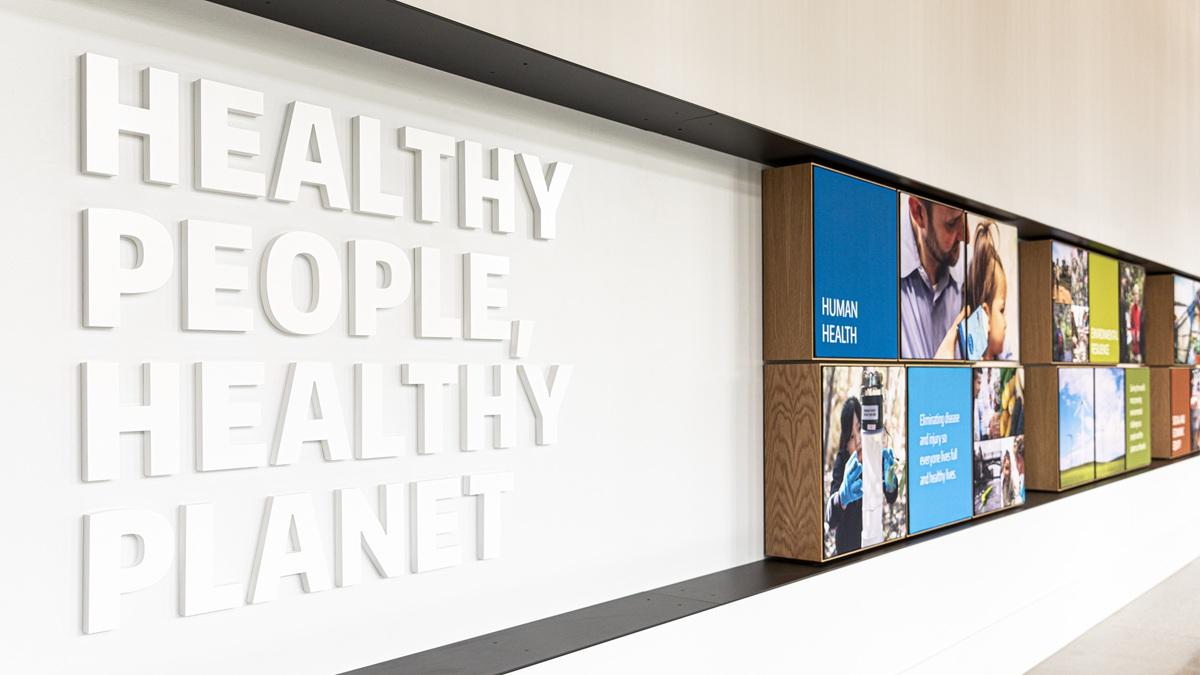For the UW Department of Environmental & Occupational Health Sciences (DEOHS), 2024 was a year of behind-the-scenes change, as we thanked Professor Michael Yost for his 10-year tenure as department chair and welcomed Professor Lianne Sheppard as interim chair.
Meanwhile, our important work on the frontlines of worker safety proceeded without skipping a beat, as our faculty and students investigated the health impacts of climate change, wildfire smoke, toxic chemicals and other persistent pollutants.
As we look toward 2025, and our ongoing work to create sustainable communities and healthy workplaces, here’s a review of our top blog posts from 2024.

10. How workplace exposures influence dairy workers' health
PhD student Jorge Rivera-Gonzalez first discovered an interest in environmental health as an undergraduate working on a sanitation project in the Dominican Republic. Now he’s studying occupational exposures faced by dairy workers in the Yakima Valley.
9. Using drones to incorporate youth perspectives in disaster planning
Grad student Matias Korfmacher, who is pursuing master’s degrees in both public health and urban planning, partnered with high school students in Westport to use drones for data collection and disaster planning.

8. DEOHS targets emerging health threats with new population health awards
DEOHS researchers received four awards from the UW Population Health Initiative to pursue research on the health impacts of emerging threats, including extreme cold, sea level rise, extreme heat combined with wildfire smoke, and hotspots for emerging zoonotic diseases.

7. EPA tightens air quality standard for soot emissions
As chair of the EPA’s Clean Air Scientific Advisory Committee, Professor Lianne Sheppard contributed to a new federal rule that strengthens the national air quality standard for industrial emissions of fine particles, often called soot. The new standards will prevent thousands of premature deaths each year.

6. Wildfires increasingly threaten oil and gas drill sites
More than 100,000 oil and gas wells across the western United States are in areas burned by wildfires in recent decades, according to new research. Senior author Joan Casey, associate professor in DEOHS, said people living near the wells could face compounded health risks.

5. UW rises to sixth in global rankings for environmental and occupational health
Our department ranked sixth among similar programs across the world, jumping one position from the last cycle in U.S. News and World Report’s rankings of best global universities. DEOHS remains third among universities in the United States.

4. A swab to stop TB
Due to widespread self-testing for COVID-19, more people might be willing to self-test for tuberculosis using a swab method designed by DEOHS Professor Gerard Cangelosi. His lab has taken steps to improve the test’s sensitivity and ease of use as momentum builds to prevent TB transmission.

3. Indigenous communities in California are disproportionately exposed to wildfire smoke
DEOHS faculty member Joan Casey and colleagues used a new method of measuring long-term wildfire smoke exposure and found that Indigenous communities in California are exposed to 1.7 times as much dangerous particulate matter as would be expected.

2. Eating ultraprocessed and fast foods in pregnancy may increase phthalate exposure
Research from DEOHS faculty member Sheela Sathyanarayana showed that phthalates, a class of chemicals associated with plastics, can shed from packaging and plastic gloves into processed food and fast food. If consumed during pregnancy, the chemicals can get into the fetal bloodstream.

1. Revealing the hidden ‘timeline’ of chemical exposures in hair
Grad student Abbie Gilbert designed a study that aimed to measure how fast someone's hair grows, which could then enable researchers to pinpoint when chemical exposures took place. She earned an award from the Russell L. Castner Endowed Student Research Fund, which supports student research in environmental health.




